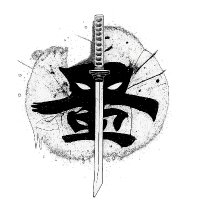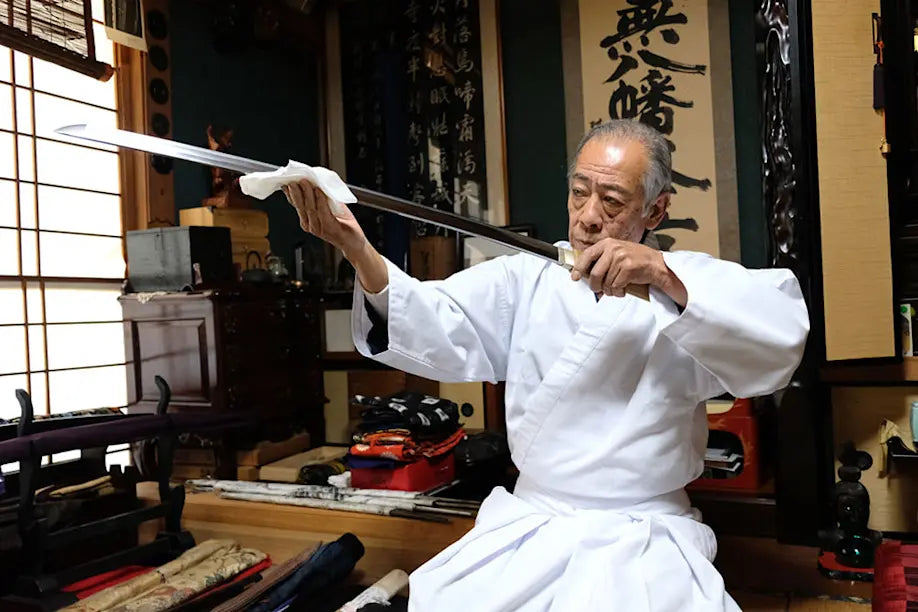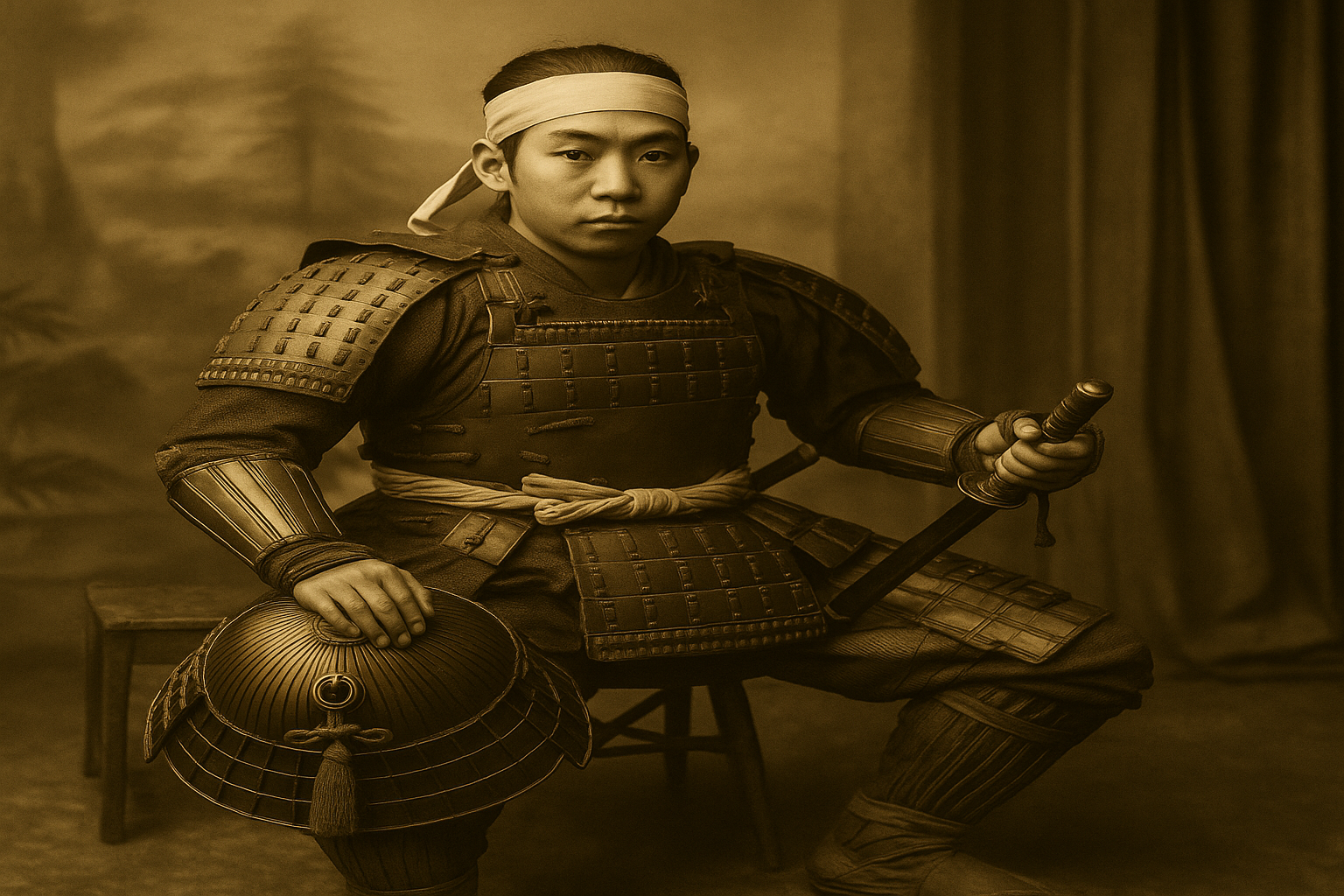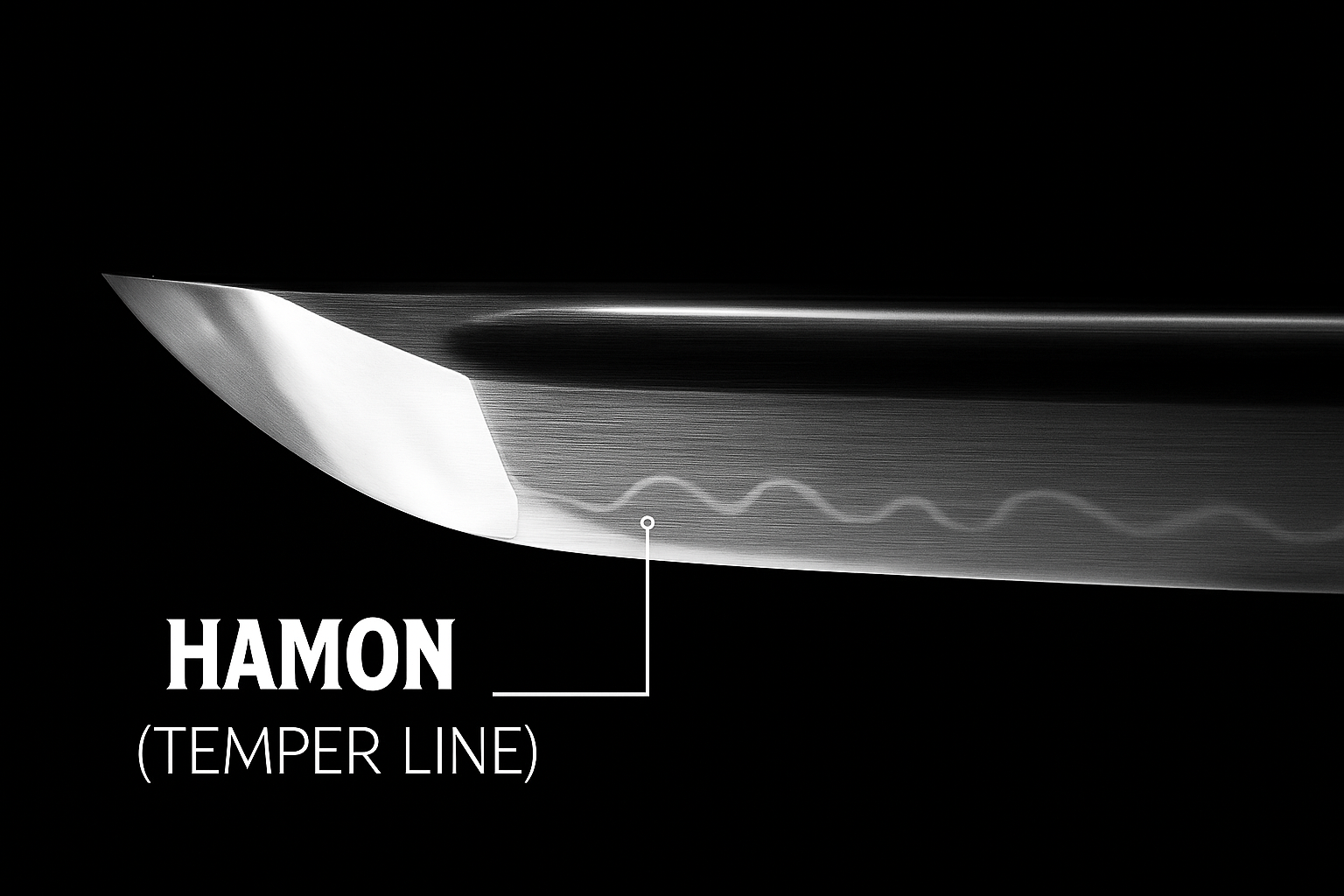The katana is one of history's most iconic weapons, not only for its shape and sharpness, but for its deep connection to Japanese culture and blacksmithing. In this article, we look at how a katana is traditionally made, while explaining how our modern katanas are created, respecting the shape and feel, but with access to today's techniques and materials.
The traditional method - Tamahagane and tatara
In classical Japan, katanas were forged from Tamahagane steel, a special steel made by melting iron sand in a furnace called a tatara for several days. The smith sorted the steel by carbon content, bent it repeatedly to purify it, and created a blade with both a hard edge and a tough back. The result was a sword with a unique hamon (hardening line) pattern, created by selective hardening with clay and water.
This process was extremely time-consuming, required great skill, and followed ritual and cultural traditions. Each sword was considered a work of art, a fusion of philosophy, technology, and function.
Our katanas - modern methods with traditional inspiration
The katanas we sell are not made using the Tamahagane or Tatara method, but they are made with care and respect for the classic shape and balance. Our blades are forged from T10 steel, a modern carbon steel that offers an excellent combination of hardness, flexibility and sharpness.
Just like traditional katanas, our swords are full tang, meaning the blade runs all the way through the handle for added strength and durability. All of our models also feature real and unique hamon patterns that are created by clay dipping and hardening, rather than being etched or artificially made.
The modern craft
All our swords are hand-made in experienced forges. Each blade is individually sharpened, polished and assembled with traditional fittings such as tsuba, fuchi, kashira and saya, often in materials such as iron, copper and wood. Although we use modern tools and methods, the focus is on balance, aesthetics and function, just as in the past.



